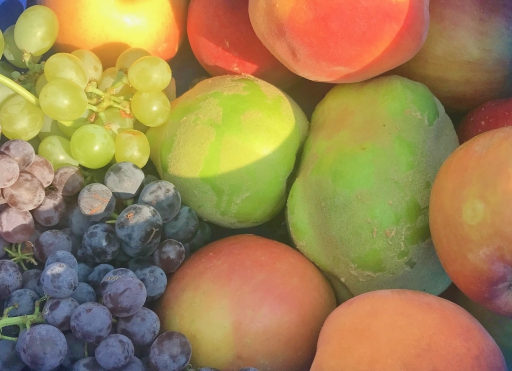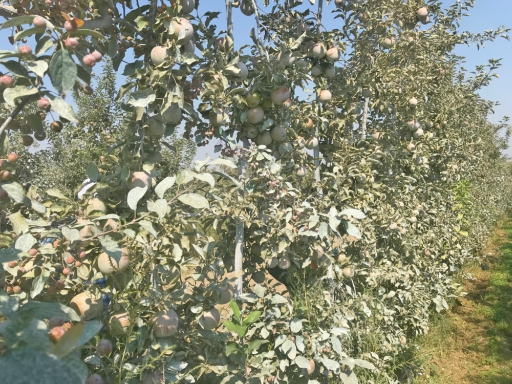We were able to attend the 24th annual Fruit Field Day at the University of Idaho's Parma Research and Extension Center. While much of the research is geared toward commercial growers and there is plenty of focus on chemical pesticides and fertilizers, there is still a lot of good information to be gained for a home orchardist wannabe like me.
The number of species and varieties that are researched is here is well beyond the scope of the home food forester: grapes, peaches, apples, plums, quince, pears, nectarines, cherries, almonds, walnuts, jujube, haskaps, persimmons, pawpaws, strawberries, blackberries, and maybe some fruits and nuts I've forgotten or don't know about. Research often starts with 20 or more new varieties of a given species to see how each variety performs over many years in this climate. Research topics include high-density planting, minimal irrigation, and pollination options.
All in all I enjoyed the field day. It's good to see research being done and results disseminated that we permaculturists can adapt to own situations. Here are few photos and highlights:

This is the fruit I brought home: multiple varieties of apples, grapes, peaches, pears, plums, and quince. I'll be saving and planting seeds.

This is the wall of apples. Apple trees are placed just three feet apart and are espaliered along seven wires strung at 15-inch intervals. They are working growing rows at different angles. They are also using interesting pollinators like manchurian crabapples.

This was my favorite research project: a table grape that has been given no irrigation water at all. It's a variety from Iran that is already proving to grow well in Idaho.


